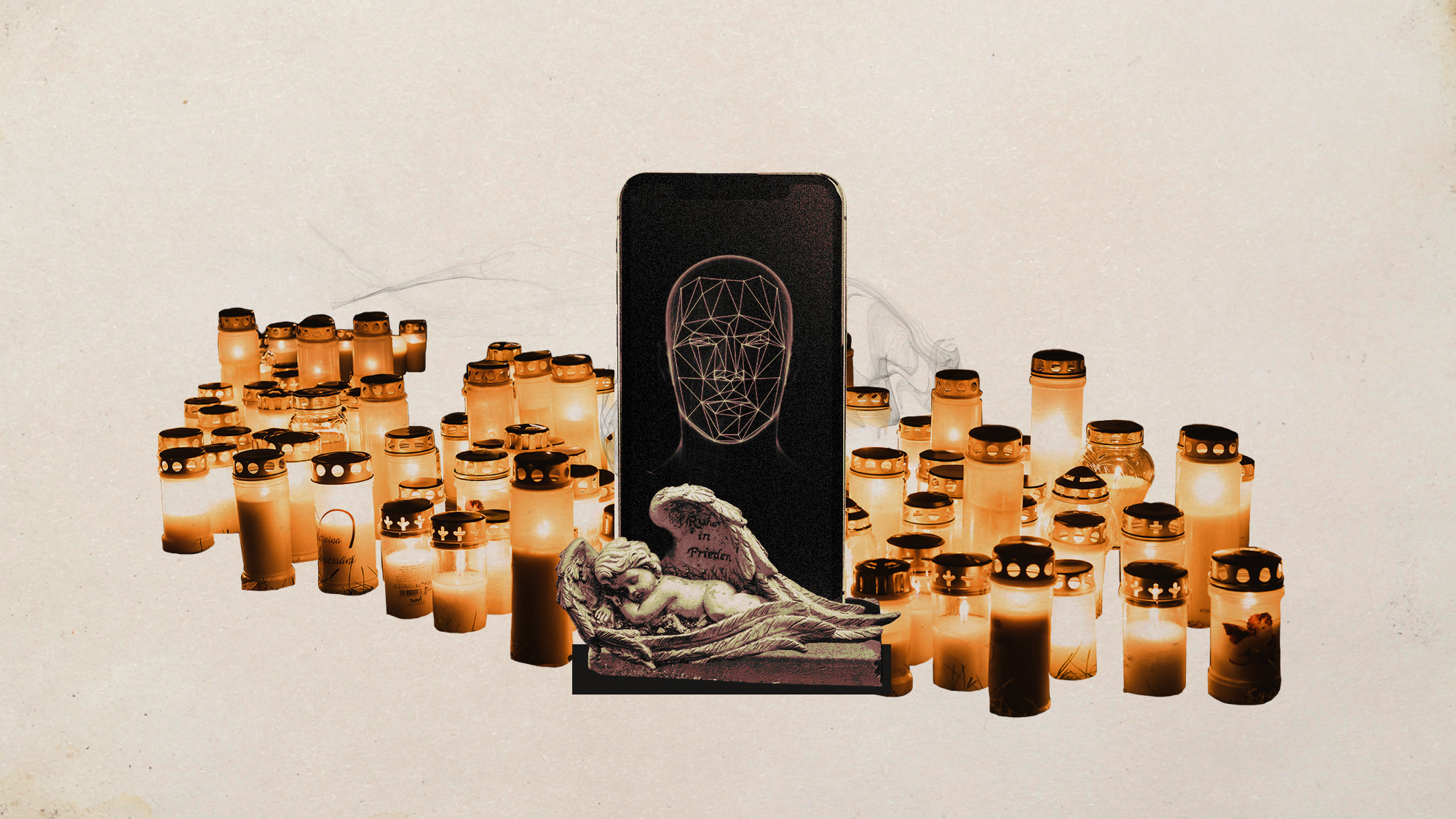Peter Kennard: Archive of Dissent – 'striking' political photomontages
Whitechapel Gallery retrospective showcases half-a-century of the British artist's 'powerful' works
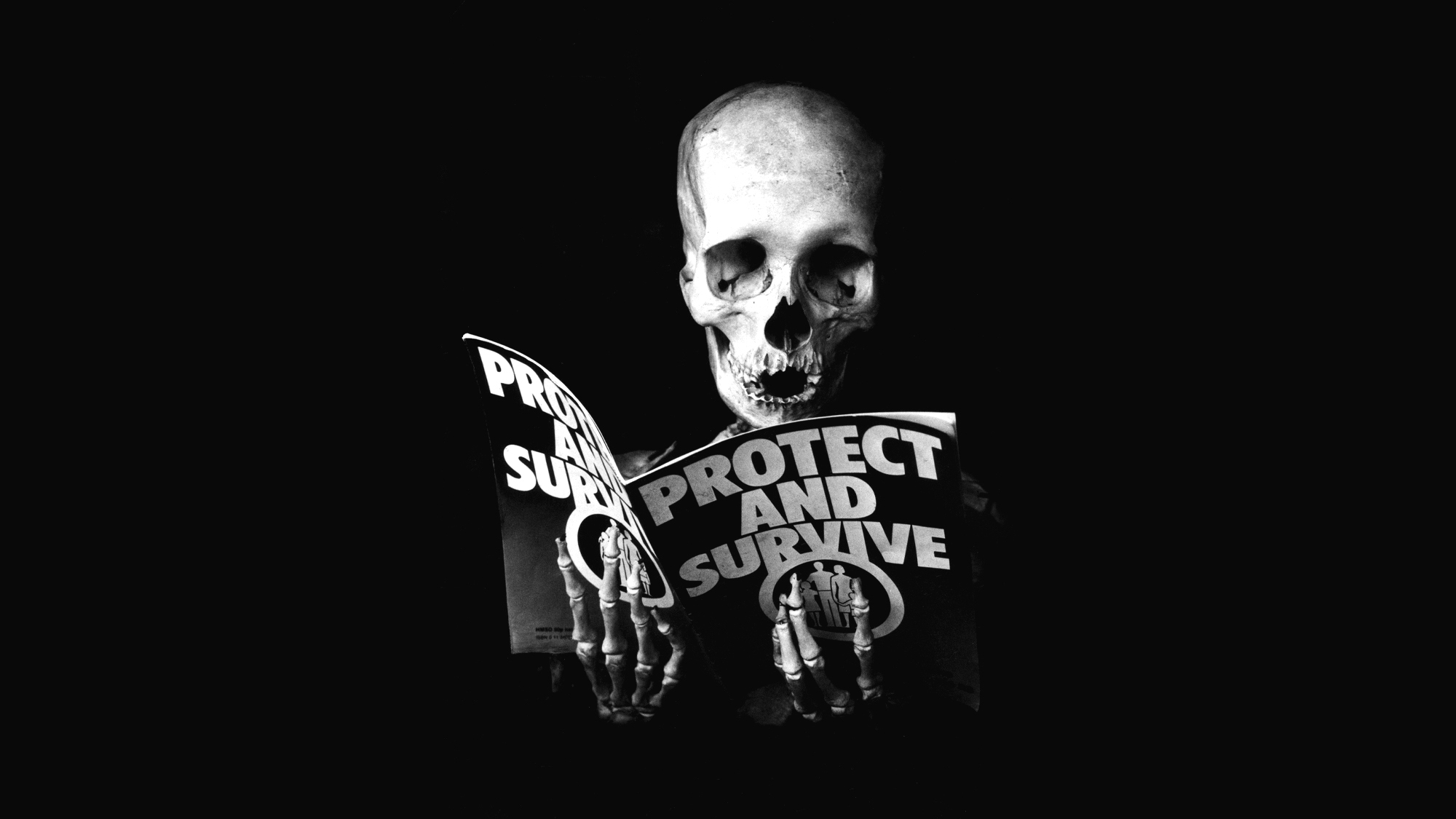
Since the 1970s, the British artist Peter Kennard has been creating striking photo-collages that are designed to speak "truth to power", said Sarah Kent on The Arts Desk. Using simple materials – for some of his best-known pieces he used little more than a pair of scissors and some carefully chosen images culled from newspapers – he has repeatedly "gone on the attack to reveal the hypocrisy of politicians, his revulsion at war and the insanity of the arms race and, more recently, the ruthless exploitation of the planet's resources".
His work has been displayed everywhere from protest banners to the pages of newspapers, and has given activist groups such as the Campaign for Nuclear Disarmament, and the anti-Apartheid movement, the "visual equivalent of marching songs". Many of his collages – such as his striking variation on John Constable's painting "The Hay Wain", in which the cart bristles with cruise missiles – have become icons of modern protest art. This exhibition serves as a career retrospective, celebrating half-a- century of Kennard's angry and often powerful work.
This "provocative yet art-historically literate imagery" has a deliberate "crudity", said Alastair Sooke in The Daily Telegraph. It is intended: according to the artist, a collage "has to get through in five seconds". And his images rarely fail to make that immediate impact: among the emblematic pieces on display here are "a skeleton fused with a mushroom cloud", "a storm-trooper playing keepy-uppy with the Earth", and a "goggle-eyed gas mask spewing missiles".
The Week
Escape your echo chamber. Get the facts behind the news, plus analysis from multiple perspectives.

Sign up for The Week's Free Newsletters
From our morning news briefing to a weekly Good News Newsletter, get the best of The Week delivered directly to your inbox.
From our morning news briefing to a weekly Good News Newsletter, get the best of The Week delivered directly to your inbox.
Kennard's political stance is unambiguously to the left. If you were in any doubt, you just need to look at the works incorporating images of Margaret Thatcher: in one two-part montage, he has the former prime minister stripping off her own face, "as if it were a mask", to reveal a death's head. It's one of many instances in which Kennard's work purports to lift "the veil of everyday reality, to expose belligerent, profiteering wickedness" – a tendency that can often seem "a bit conspiracist".
Whatever you think of his politics, Kennard has "a brilliant eye for shape and form", said Laura Cumming in The Observer. In his hands, a mere circle can become anything from "a police officer's riot shield" to "a clock ticking down towards environmental catastrophe". His photomontages grab the attention and stamp themselves on the consciousness: one moment you might be looking at a collage in which a skeleton is "taking an ironic interest" in the Thatcher government's Protect and Survive pamphlet, which gave advice on what to do in the event of a nuclear strike; the next you might be gazing at a pair of aged hands using a knife and fork to cut into "a grimy penny" lying on a plate.
Nor has his work lost its relevance. In a free newspaper handed out at the exhibition, Kennard deftly updates older montages to make them reflect contemporary concerns. The viewer may not share the artist's take on such issues, but will surely be impressed by his ability to give outrage a visual form.
Whitechapel Gallery, London E1. Until 19 January 2025
A free daily email with the biggest news stories of the day – and the best features from TheWeek.com
-
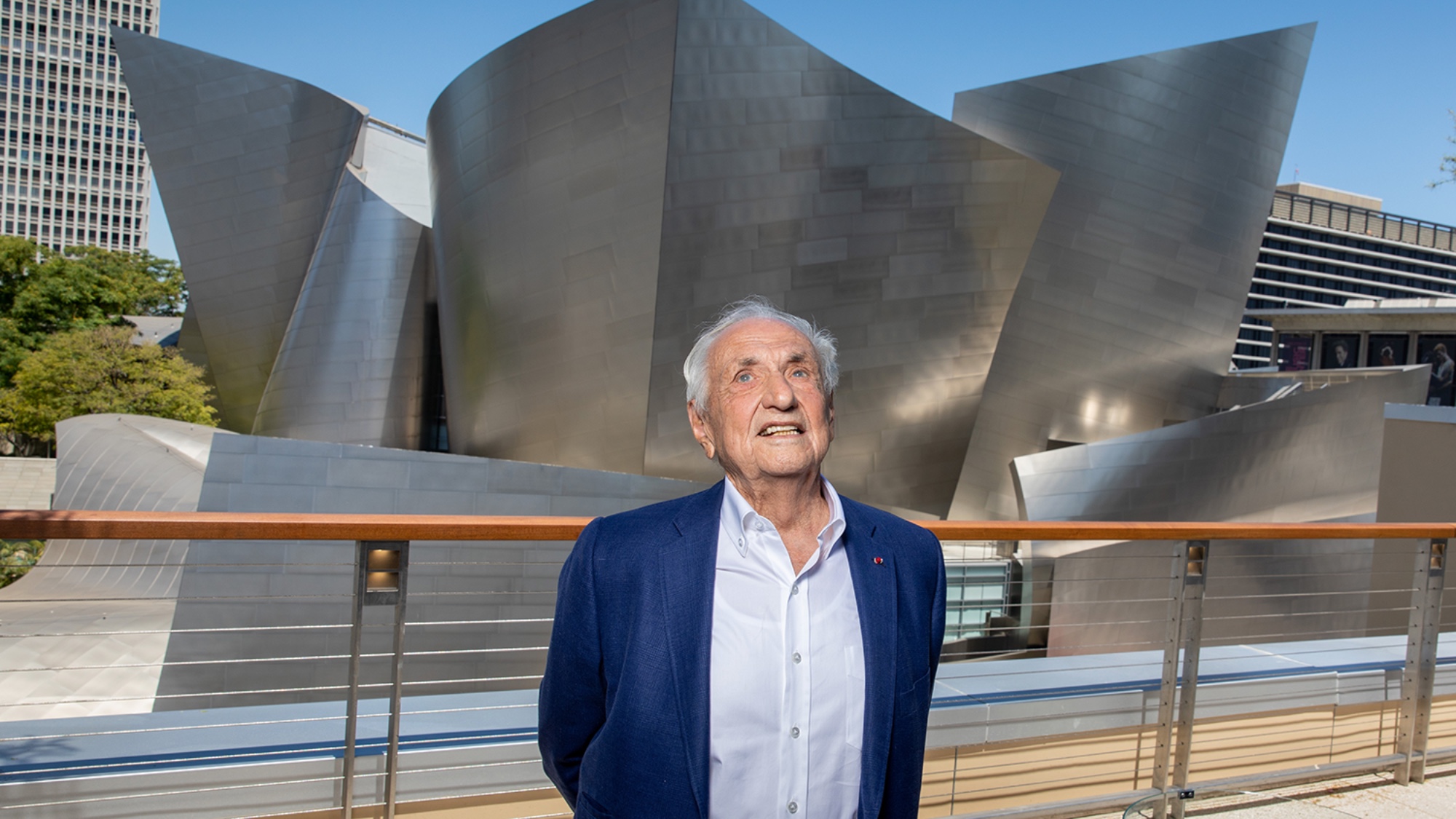 Frank Gehry: the architect who made buildings flow like water
Frank Gehry: the architect who made buildings flow like waterFeature The revered building master died at the age of 96
-
 The 8 best comedy series of 2025
The 8 best comedy series of 2025the week recommends From quarterlife crises to Hollywood satires, these were the funniest shows of 2025
-
 8 touring theater productions to see this winter, all across the United States
8 touring theater productions to see this winter, all across the United Statesthe week recommends New shows and reconsidered productions are on the move
-
 6 lovely barn homes
6 lovely barn homesFeature Featuring a New Jersey homestead on 63 acres and California property with a silo watchtower
-
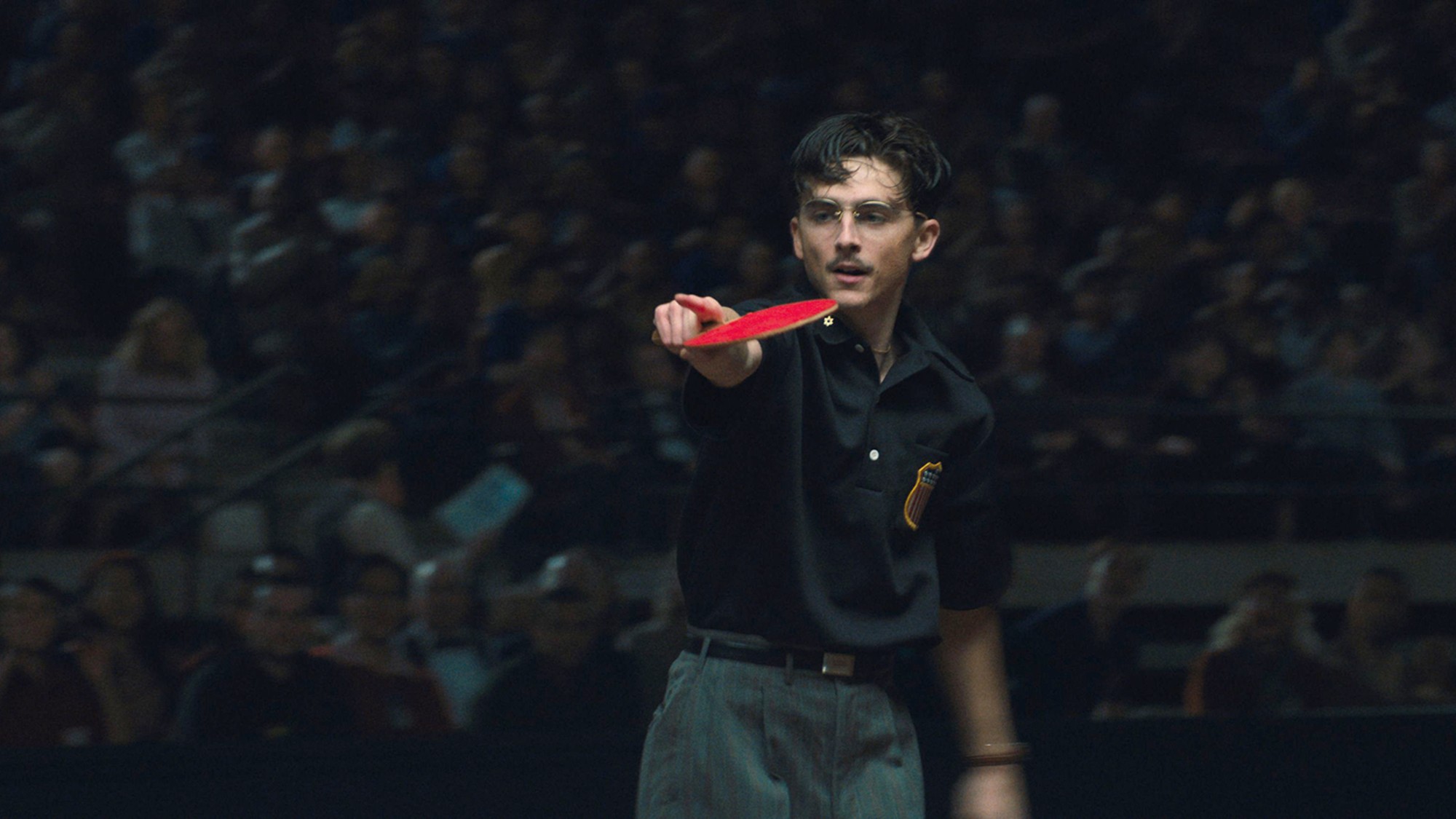 Film reviews: ‘Marty Supreme’ and ‘Is This Thing On?’
Film reviews: ‘Marty Supreme’ and ‘Is This Thing On?’Feature A born grifter chases his table tennis dreams and a dad turns to stand-up to fight off heartbreak
-
 Heavenly spectacle in the wilds of Canada
Heavenly spectacle in the wilds of CanadaThe Week Recommends ‘Mind-bending’ outpost for spotting animals – and the northern lights
-
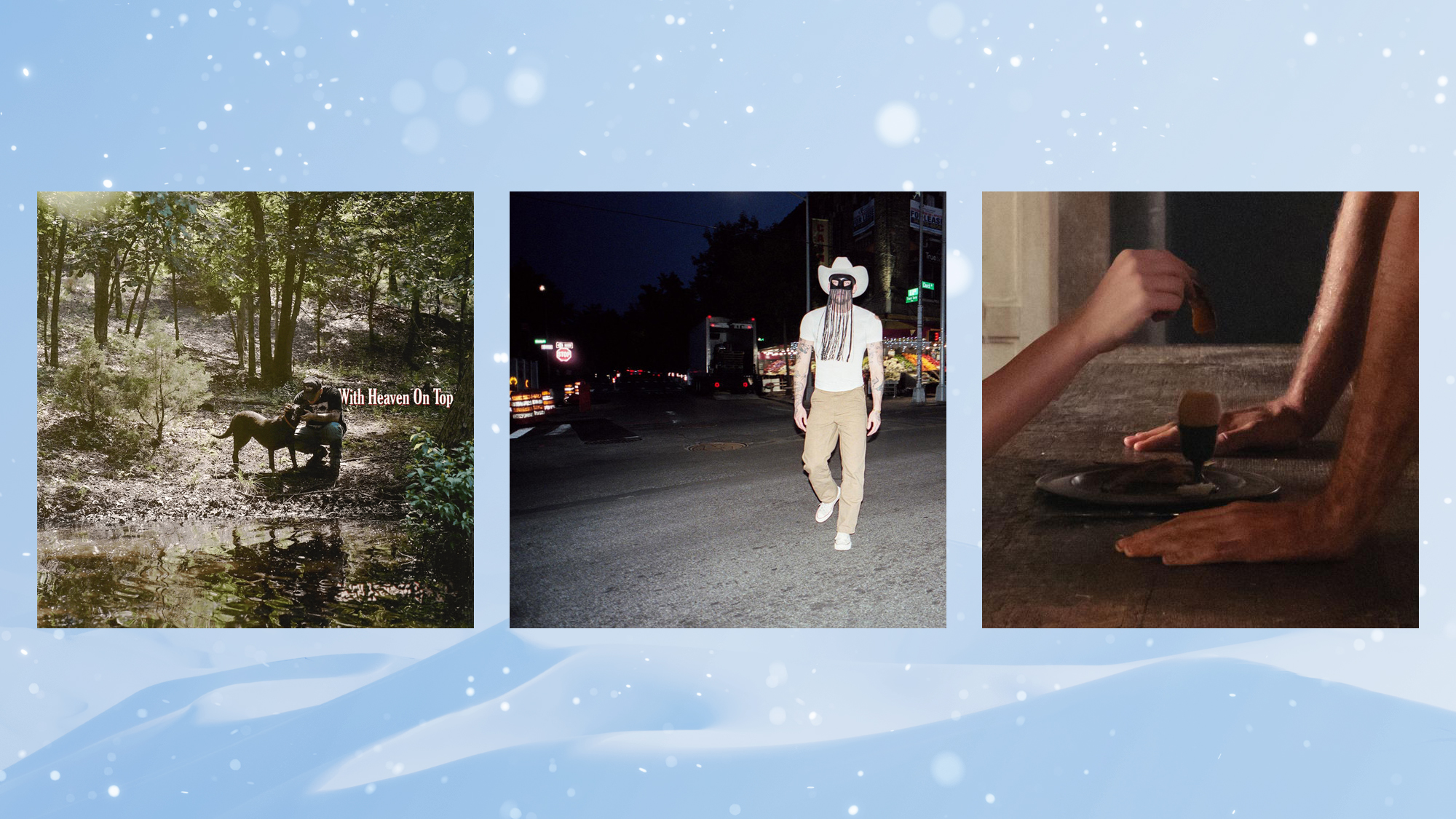 10 upcoming albums to stream during the winter chill
10 upcoming albums to stream during the winter chillThe Week Recommends As the calendar turns to 2026, check out some new music from your favorite artists
-
 One great cookbook: Natasha Pickowicz’s ‘More Than Cake’
One great cookbook: Natasha Pickowicz’s ‘More Than Cake’the week recommends The power of pastry brought to inspired life
